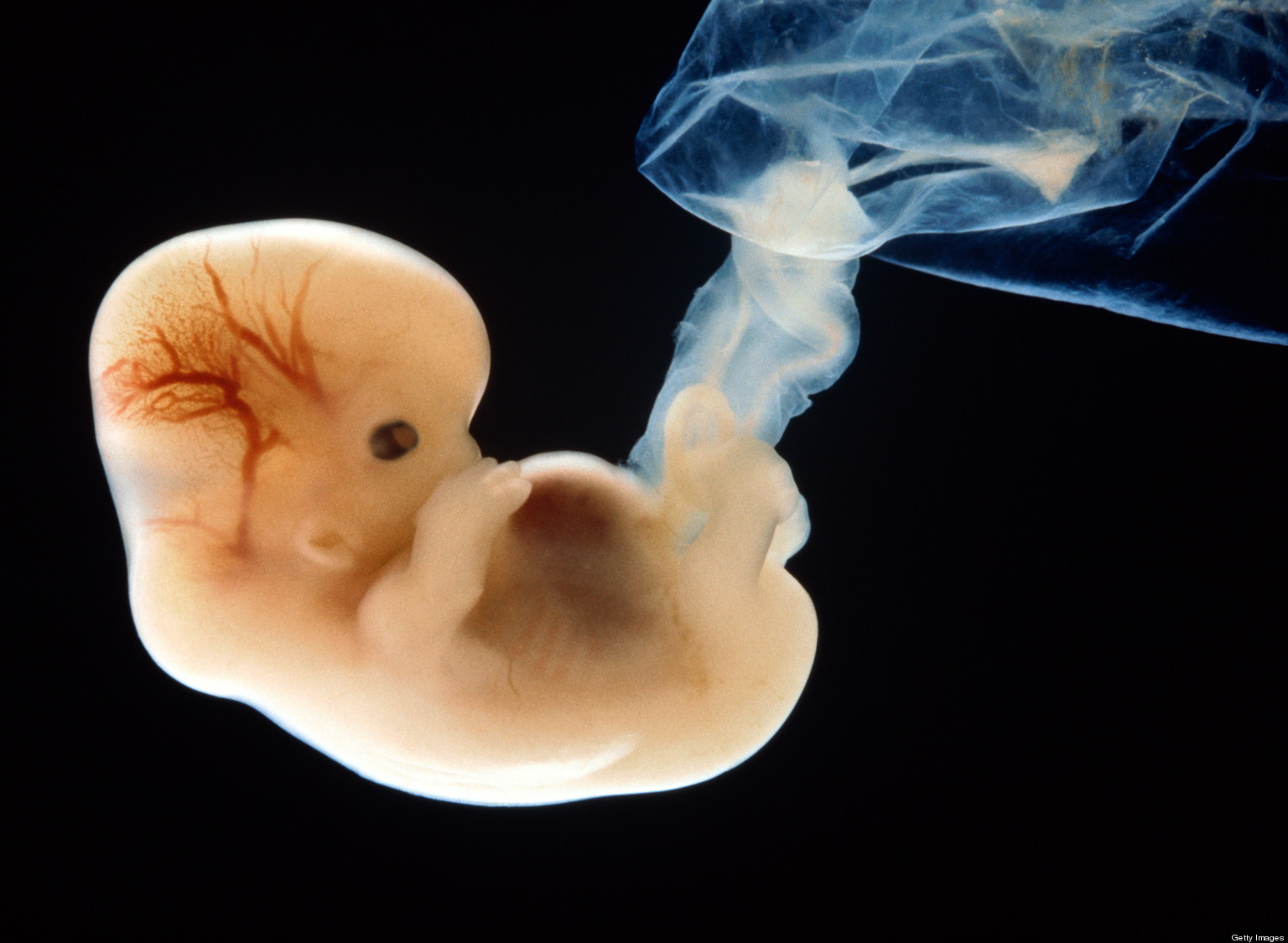Human cloning is the creation of a genetically identical copy of a human being, human cell, or human tissue. It was in the 1960s that scientists and policy makers began to consider human cloning.
Nobel Prize winning geneticist, Joshua Lederberg, spoke in favor of cloning and genetic engineering in a seminal article in the ‘American Naturalist’ in 1966 and again, the following year, in the ‘Washington Post.’ Human cloning found its way into popular culture, starting in the 1970s. Alvin Toffler’s ‘Future Shock’, David Rorvik’s, ‘In His Image: Toward Cloning of a Man’, Woody Allen’s film “Sleeper” and ‘The Boys from Brazil’ all brought to the fore the ethical issues surrounding human cloning.
The cloning of human beings is highly controversial. The Roman Catholic Church, for one, is strongly opposed to it. But it has a dedicated band of advocates as well, especially of human therapeutic cloning. They feel that the practice could provide genetically identical cells for regenerative medicine, and tissues and organs for transplantation. Such cells, tissues, and organs would neither trigger an immune response nor require the use of immunosuppressive drugs.
ADVERTISEMENTS:
This could mean new cures for life-threatening diseases such as cancer, heart disease, and diabetes, as well as improvements in burn treatment and reconstructive and cosmetic surgery. New York University bioethicist, Jacob M. Appel has said that “children cloned for therapeutic purposes” such as “to donate bone marrow to a sibling with leukemia” could be seen as heroes.
Human reproductive cloning could lead to fertility treatments that allow infertile parents to have children with at least some of their DNA in their offspring. Some scientists have suggested that human cloning might eliminate the human aging process. But this might require that the brain or identity would have to be transferred to a cloned body.
Terms like “replacement cloning” to describe the generation of a clone of a previously living person, and “persistence cloning” to describe the production of a cloned body for the purpose of bypassing aging have been bandied, though such processes remain in the realm of science fiction so far.
ADVERTISEMENTS:
Opponents of human cloning argue that the process will likely lead to severely disabled children. Bioethicist, Thomas Murray, argues that groups trying to clone a human being will create a lot of dead and dying babies before they succeed. Dolly, the sheep, was the first cloned animal. The same process used to clone her – somatic cell nuclear transfer – could in theory also be applied to human beings.
In January, 2008, came the announcement that the first 5 mature human embryos using DNA from adult skin cells, a less-controversial source of viable embryonic stem cells, had been cloned. Dr. Samuel Wood and a colleague donated skin cells, and DNA from those cells was transferred to human eggs. The 5 cloned embryos, created in Stemagen Corporation lab, in La Jolla, were later destroyed.
Cloning is a popular theme in contemporary science fiction. Examples include the novels ‘Joshua, Son of None’ and ‘The Boys from Brazil’. The Star Wars movies and TV series, ‘The Clone Wars’ also featured clones. The Arnold Schwarzenegger film ‘The 6th Day’ and Michael Bay’s ‘The Island’ also explore the same theme.

